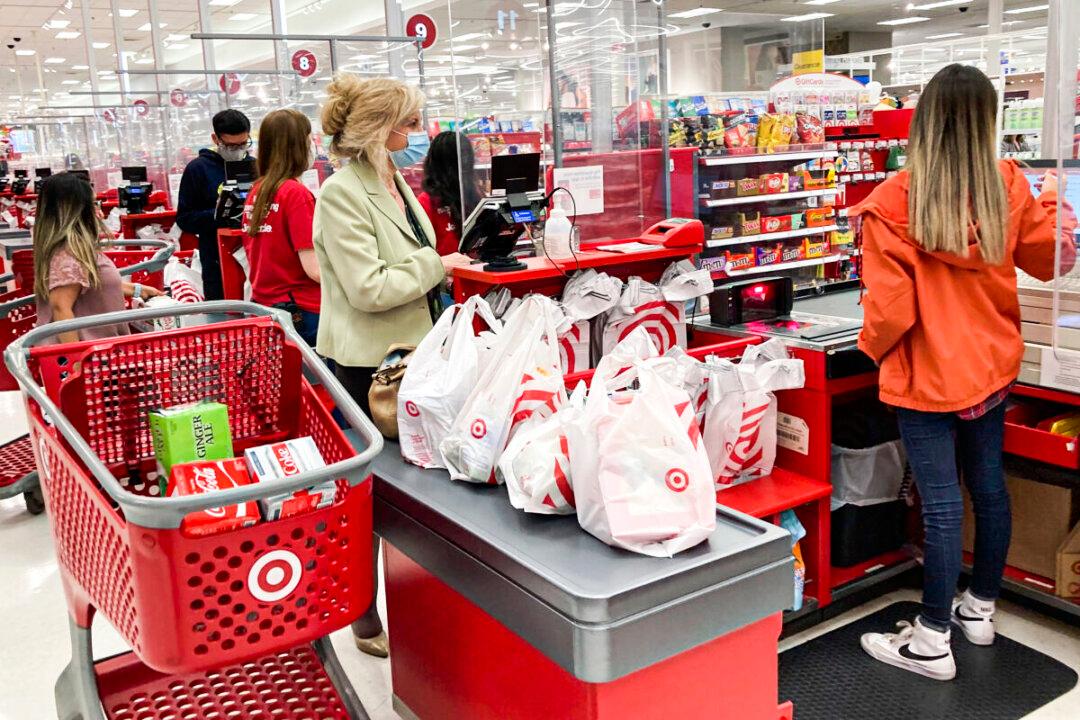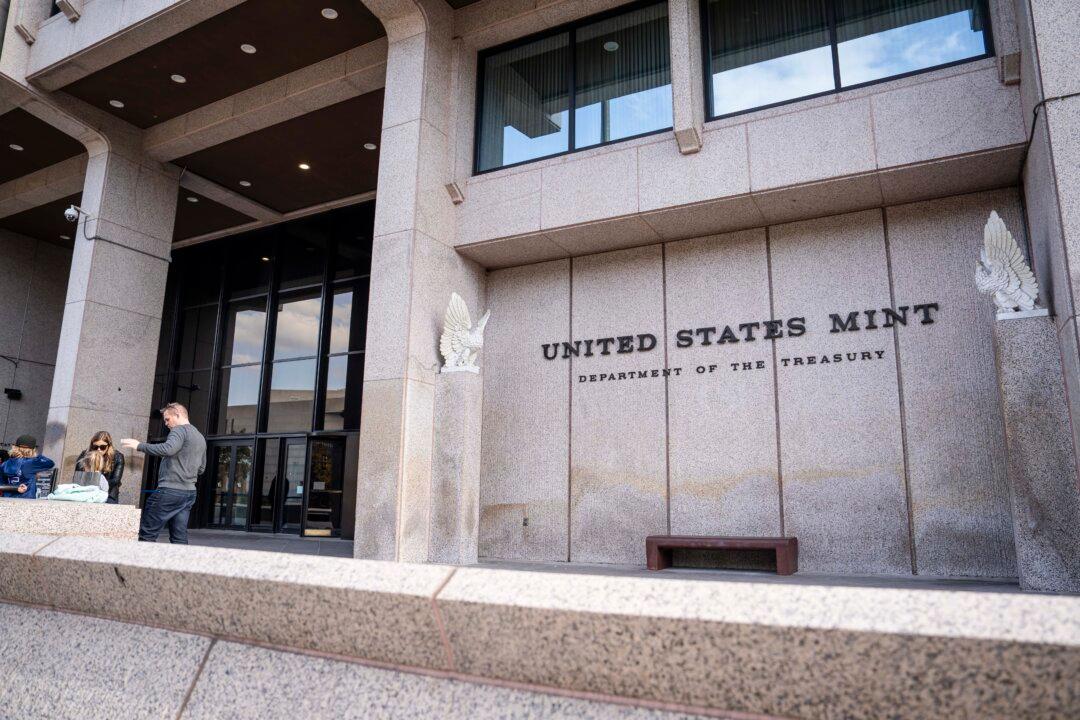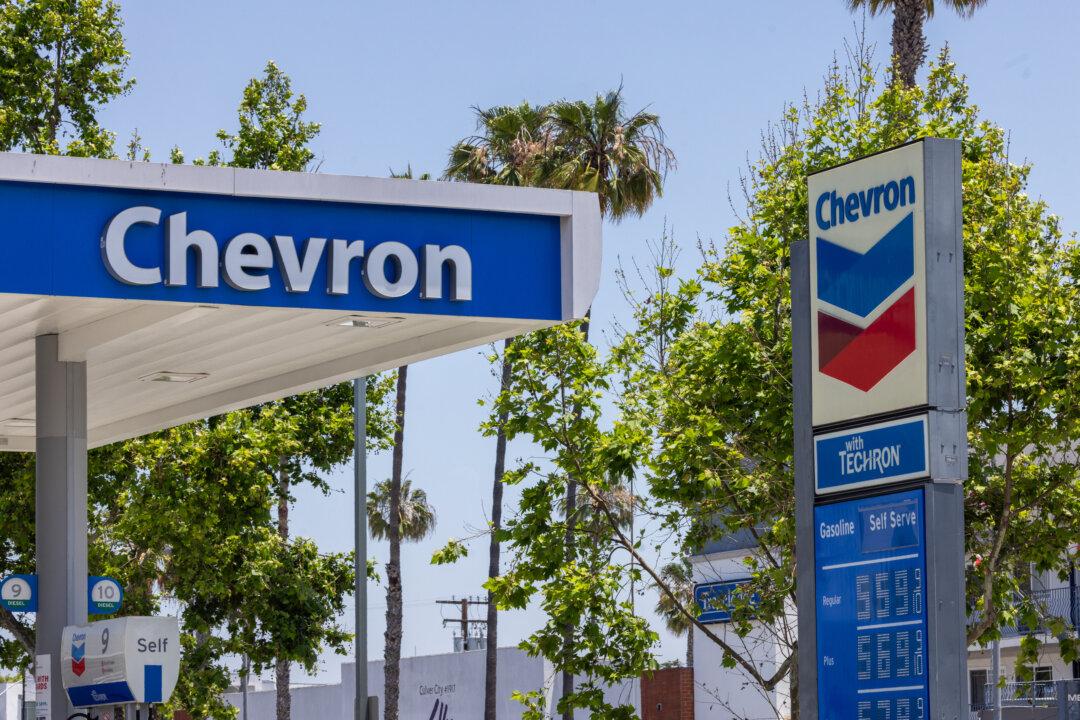With the U.S. annual inflation rate at a 30-year high, economists and market analysts are spotlighting the expanding financial divide between corporations and their employees.
In today’s inflationary environment, large companies are reporting greater profits and revenues. At the same time, Americans have witnessed all their wage gains from the past 12 to 15 months eliminated. For many workers, real wages are down in multiple sectors of the United States economy.





